
In the article
Bed bugs come from various sources, often hitching a ride in suitcases and backpacks after staying in accommodation businesses, such as hotels. They can also invade from neighbouring properties, secondhand furniture, movie theatres, public transport or even guests who unknowingly carry them.
Origins of Bed Bugs
Bed bugs have been around for ages, hitching rides from places like Asia, Europe, and America. Thanks to the boom in travel, they’ve become a global nuisance. Believe it or not, scientists have even found ancient fossils of these critters. They’ve even used these fossils to create a powder that’s deadly to bed bugs but safe for humans and pets.
How Do Bed Bugs Travel
Bed bugs are the ultimate hitchhikers. They sneak into homes and businesses in all sorts of ways. Travel is a big one. These bugs can hide in your luggage, clothes, and other personal items, spreading wherever you go.
Secondhand furniture is another common culprit. You might bring home a couch or a bed frame, not knowing it’s already infested. This is especially common in places like college dorms and apartments where furniture gets swapped around a lot.
Here’s a quick list of how bed bugs get around:
- Luggage: They love to hide in your bags when you travel.
- Clothing: They can latch onto your clothes and move to new places.
- Furniture: Secondhand furniture can be a hidden nest for bed bugs.
- Boxes and Bedding: These can also be sneaky hiding spots.
Bed bugs can even move between rooms and floors in hotels or apartment buildings, so it’s crucial to stay alert in these places.
Spotting Bed Bugs: A Quick Guide
Knowing how to spot bed bugs is key to keeping them under control. These sneaky pests can be tough to find and even tougher to get rid of, so catching them early is a must. Let’s find out “Where do bed bugs come from?”.
How to Tell If You Have Bed Bugs
Here’s what to look for if you think you might have bed bugs:
- Bite Marks: Bed bug bites are itchy and can cause allergic reactions. They usually show up in lines or clusters on your skin.
- Blood Stains: Look for tiny blood spots on your sheets, pillowcases, and mattress. These can look rusty or reddish.
- Fecal Spots: Bed bugs leave behind small, dark spots of excrement. You might find these on your bedding, walls, or furniture, especially near mattress seams and furniture joints.
- Shed Skins: As they grow, bed bugs shed their exoskeletons. Finding these is a strong sign you’ve got an infestation.
- Musty Odor: A big infestation can give off a musty, sweet smell from the bugs’ scent glands.
| Sign | What to Look For |
|---|---|
| Bite Marks | Itchy, red welts in lines or clusters. |
| Blood Stains | Rusty or reddish spots on bedding and mattresses. |
| Fecal Spots | Small, dark spots on sheets, walls, and furniture. |
| Shed Skins | Exoskeletons left behind as bed bugs grow. |
| Musty Odor | Sweet, musty smell from bed bug scent glands. |
Why Catching Bed Bugs Early Matters
Finding bed bugs early is super important for a few reasons:
- Stop the Spread: Catching them early can keep them from spreading to other parts of your home or hitching a ride to new places.
- Save Money: It’s cheaper and easier to deal with a small infestation than a big one.
- Health Benefits: Early detection can help reduce the health problems caused by bed bug bites, like itching, allergic reactions, and stress.
- Better Control: Knowing how bed bugs live, eat, and reproduce helps you spot them and keep an eye out after treatment.
For more tips on dealing with bed bugs, check out our articles on how long do bed bugs live? and how did I get bed bugs?.
By keeping an eye out for these signs, you can act fast to tackle bed bug problems and keep them from getting worse.
Getting to Know Bed Bugs
Alright, let’s get real about bed bugs. These tiny pests can turn your peaceful nights into a nightmare. Knowing how they operate is key to kicking them out for good. Let’s break down their sneaky ways, from how they multiply to where they hide.
Baby Boomers of the Bug World
Bed bugs are like the rabbits of the insect world—they multiply fast. A single female can lay between five to seven eggs a week, which adds up to over 250 eggs in her lifetime if she’s well-fed. Some sources even say they can lay up to 541 eggs! These eggs hatch in about 10 days, and in just three weeks, those baby bugs are all grown up and ready to start the cycle again.
| Stage | Time Taken |
|---|---|
| Egg | 10 days |
| Nymph | 5-6 weeks |
| Adult Lifespan | 6-12 months |
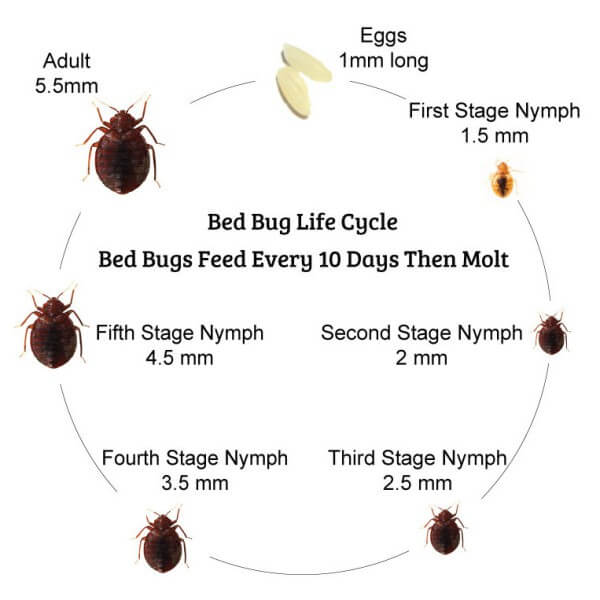
Bed Bug Life Cycle
Want more on their life cycle? Check out how long do bed bugs live?.
Bed Bug Road Trips
These critters are not just homebodies; they love to travel. They can crawl from one room to another in no time. In apartment buildings, they can move up, down, and sideways between units. Long-distance moves happen when they hitch a ride on your stuff—think bedding, furniture, or even your suitcase. Yep, they can sneak into your clothes, luggage, and even your laptop bag.
| Travel Method | Example |
|---|---|
| Short Distance Crawling | Moving from room to room |
| Vertical Movement | Climbing to different floors |
| Horizontal Movement | Spreading to adjacent units |
| Long Distance Transport | Traveling with luggage |
These bugs are masters of hide-and-seek. They love tiny cracks and crevices. You’ll find them in mattress seams, bed frames, headboards, and even behind wallpaper or under carpets. Their hiding skills make it tough to spot them early, which is why knowing where to look is half the battle. For more tips on spotting and stopping them, visit how did i get bed bugs?
Effective Bed Bug Control Methods
Dealing with bed bugs can be a real headache, but with the right approach, you can kick them out for good. Here are some safe and effective ways to get rid of bed bugs and keep them from coming back.
Non-toxic Treatment Options
If you’re looking to avoid harsh chemicals, non-toxic treatments are the way to go. These methods are safe for you and your family while still getting the job done.
Bed Bug Killer Powder
Bed Bug Killer Powder is a great alternative to chemical pesticides. Made from diatomaceous earth, this powder works by damaging the bed bugs’ exoskeletons, causing them to dehydrate and die. It’s approved by the Australian Pesticides and Veterinary Medicines Authority (APVMA), so you know it’s both safe and effective.
| Product | Method | Effectiveness |
|---|---|---|
| Bed Bug Killer Powder | Physical damage to exoskeleton | High |
Bed Bug Duster
The Bed Bug Duster helps you apply the Bed Bug Killer Powder precisely where it’s needed. It gets the powder into cracks, crevices, and other hiding spots, making sure no bed bug is left behind.
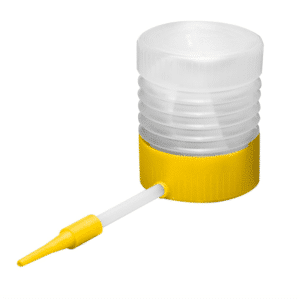
Bed Bug Steamer
A Bed Bug Steamer is another chemical-free option. It kills bed bugs and their eggs on contact by using high-temperature steam. This method is perfect for getting into fabrics and tiny crevices where powders can’t reach.
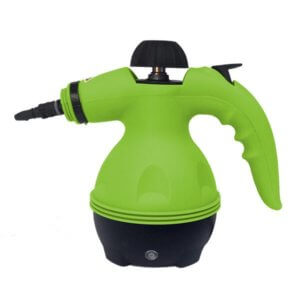
Kill Bed Bugs with Steam
Preventive Measures and Tools
Keeping bed bugs away is just as important as getting rid of them. Here are some tools and tips to help you stay bed bug-free.
Screw In and Floor Bed Bug Barriers
These barriers act like moats around your bed legs, filled with Bed Bug Killer Powder. They stop bed bugs from climbing up onto your bed, providing ongoing protection.
| Tool | Purpose | Effectiveness |
|---|---|---|
| Screw In and Floor Bed Bug Barriers | Preventing bed bugs from accessing the bed | High |
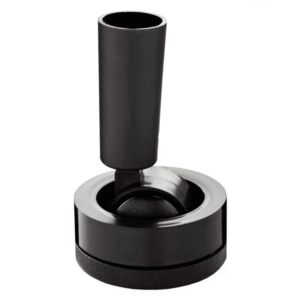
Floor Barrier
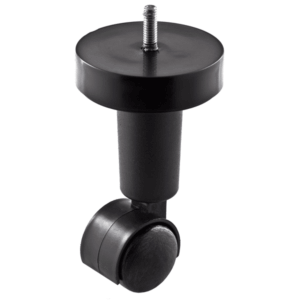
Screw In Barrier
Regular Inspections
Regularly check your mattress seams, bed frames, and nearby furniture for signs of bed bugs. Catching them early makes them easier to control.
By combining these non-toxic treatments with preventive measures, you can effectively manage and prevent bed bug infestations. For more tips on bed bug behavior and how they get into your home, check out our section on where do bed bugs come from?.
Fequestly Asked Questions:
- What is the main cause of bed bugs?
Bed bugs primarily come from external sources like hotels, secondhand furniture, or neighbouring properties. - How do bed bugs start appearing?
Bed bugs hitch rides on luggage, clothing, and furniture, then infest new locations when these items are moved. - Are bed bugs caused by a dirty house?
No, bed bugs aren’t attracted to dirt. They seek warmth and a blood meal, so even clean homes can have them
Are You Looking for an Organic DIY Treatment?
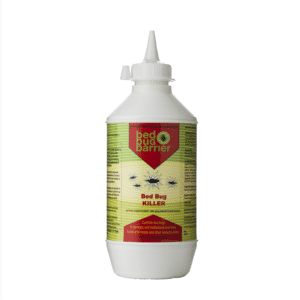



Leave a Reply